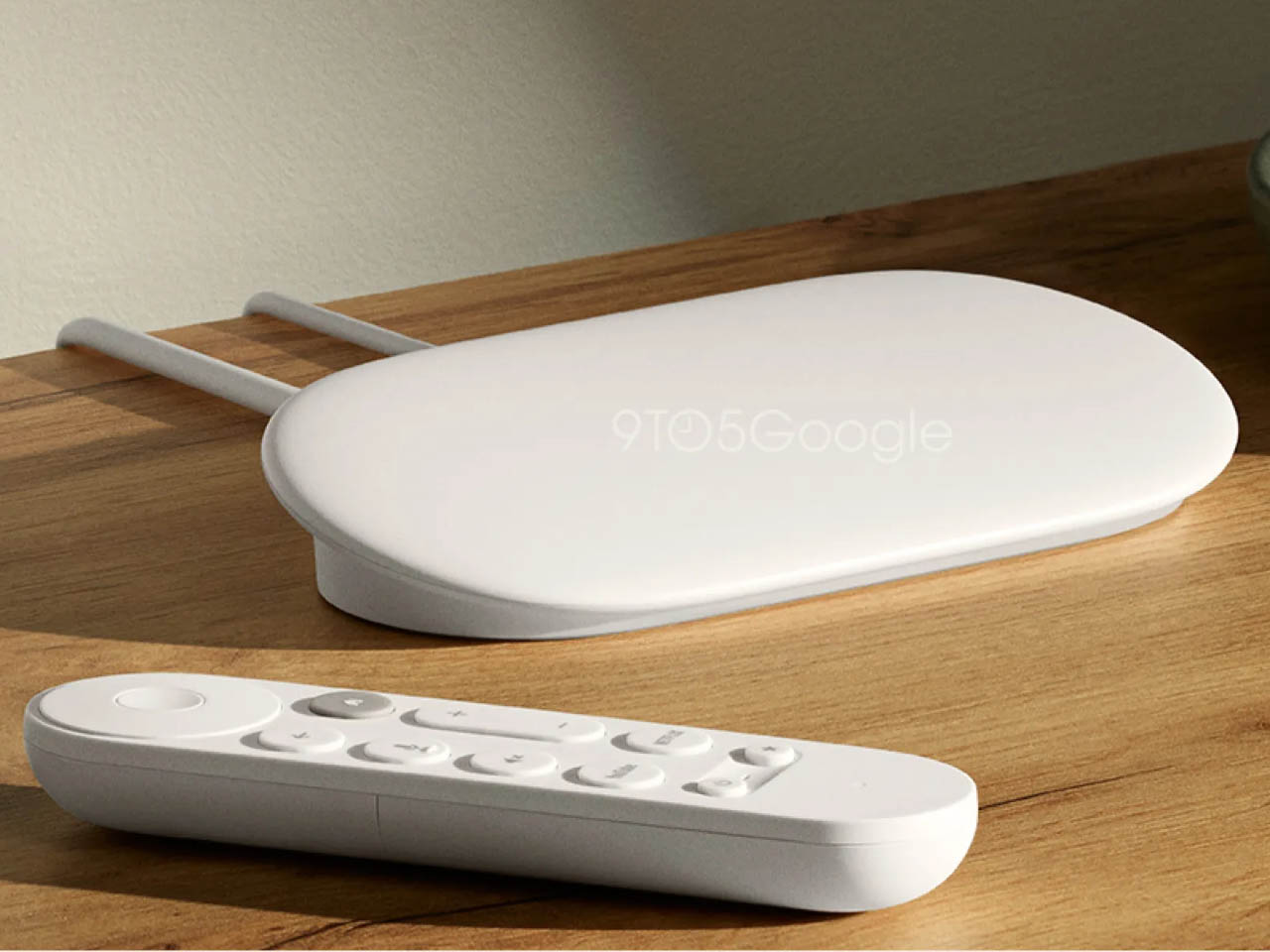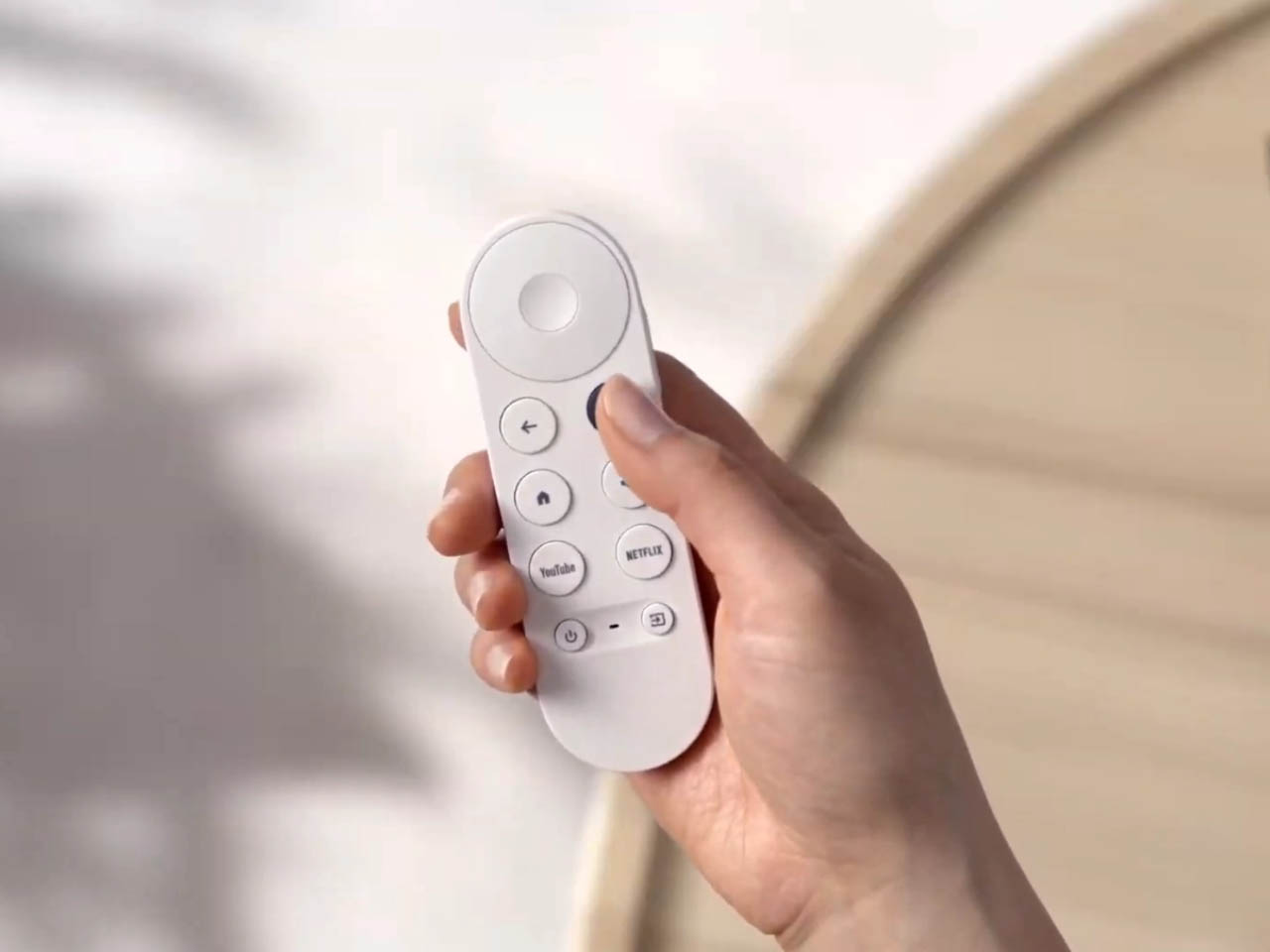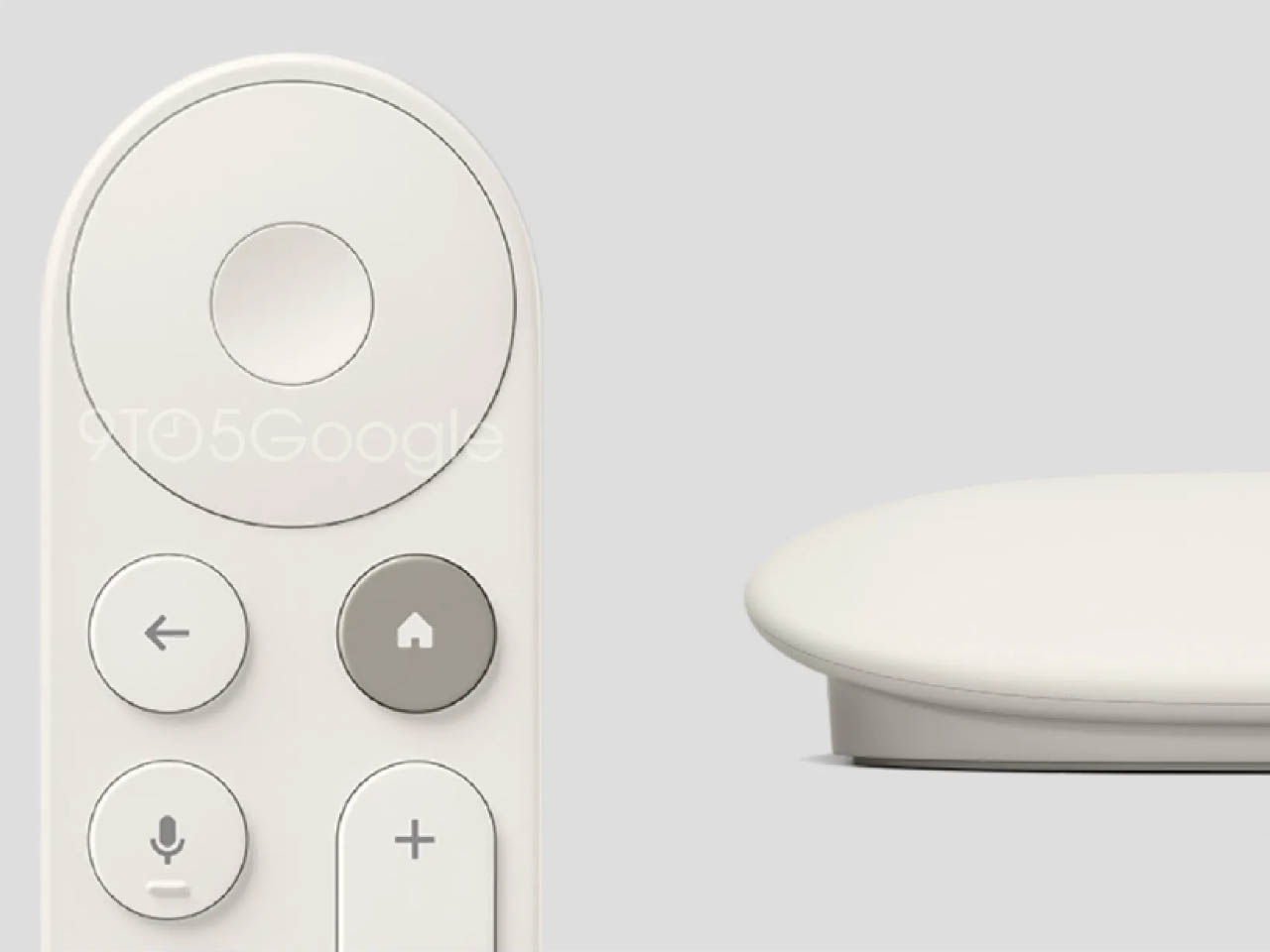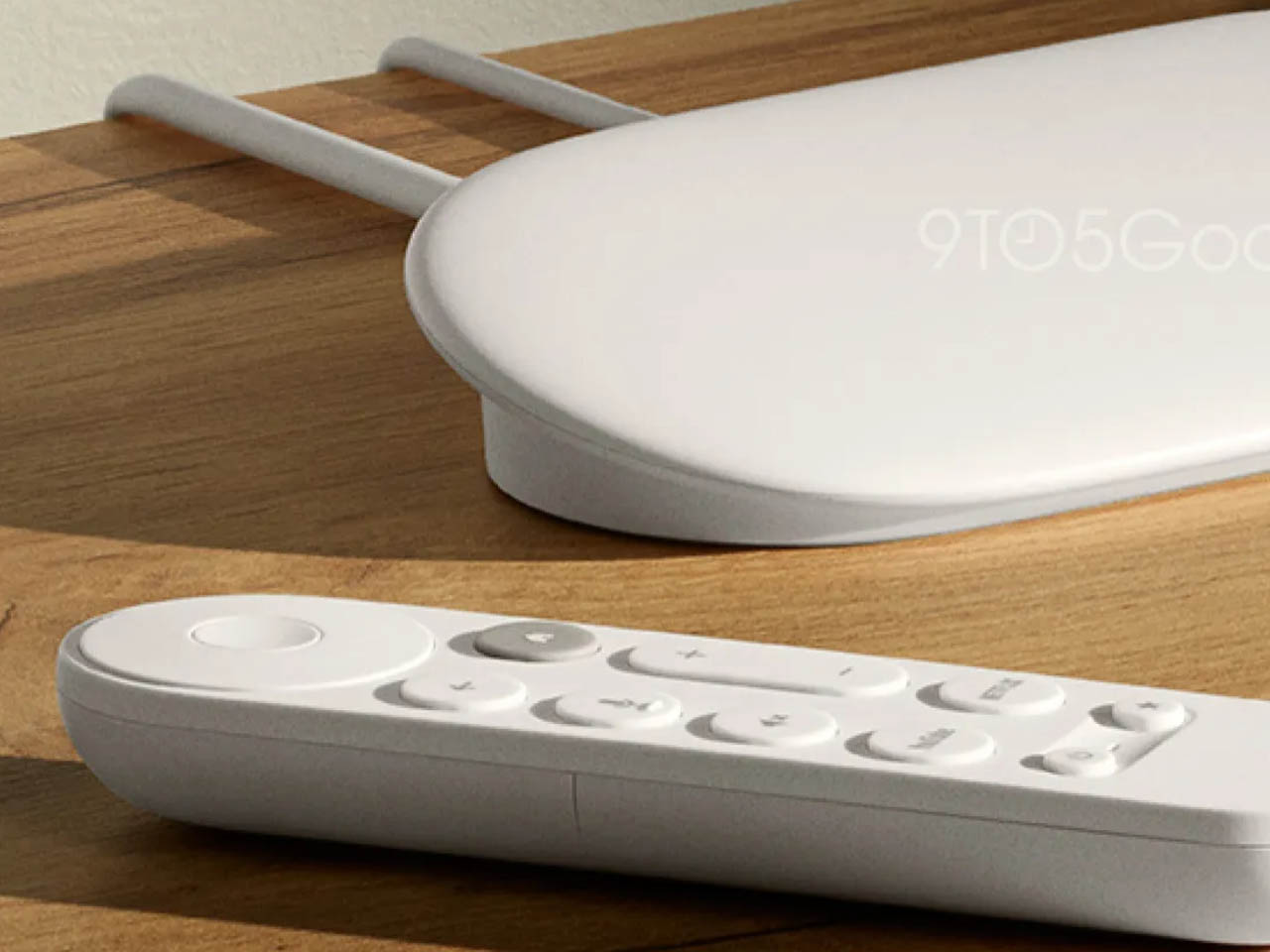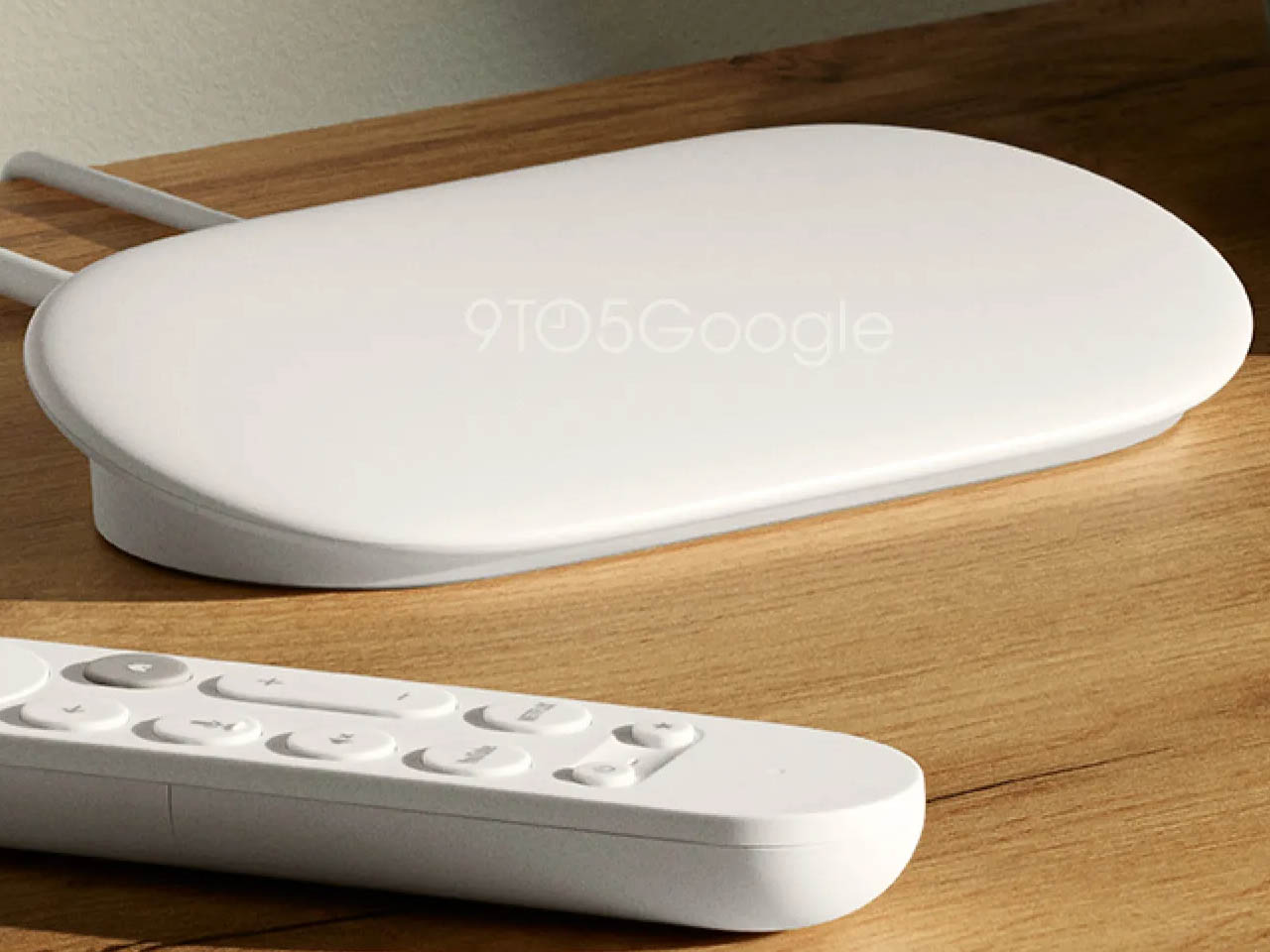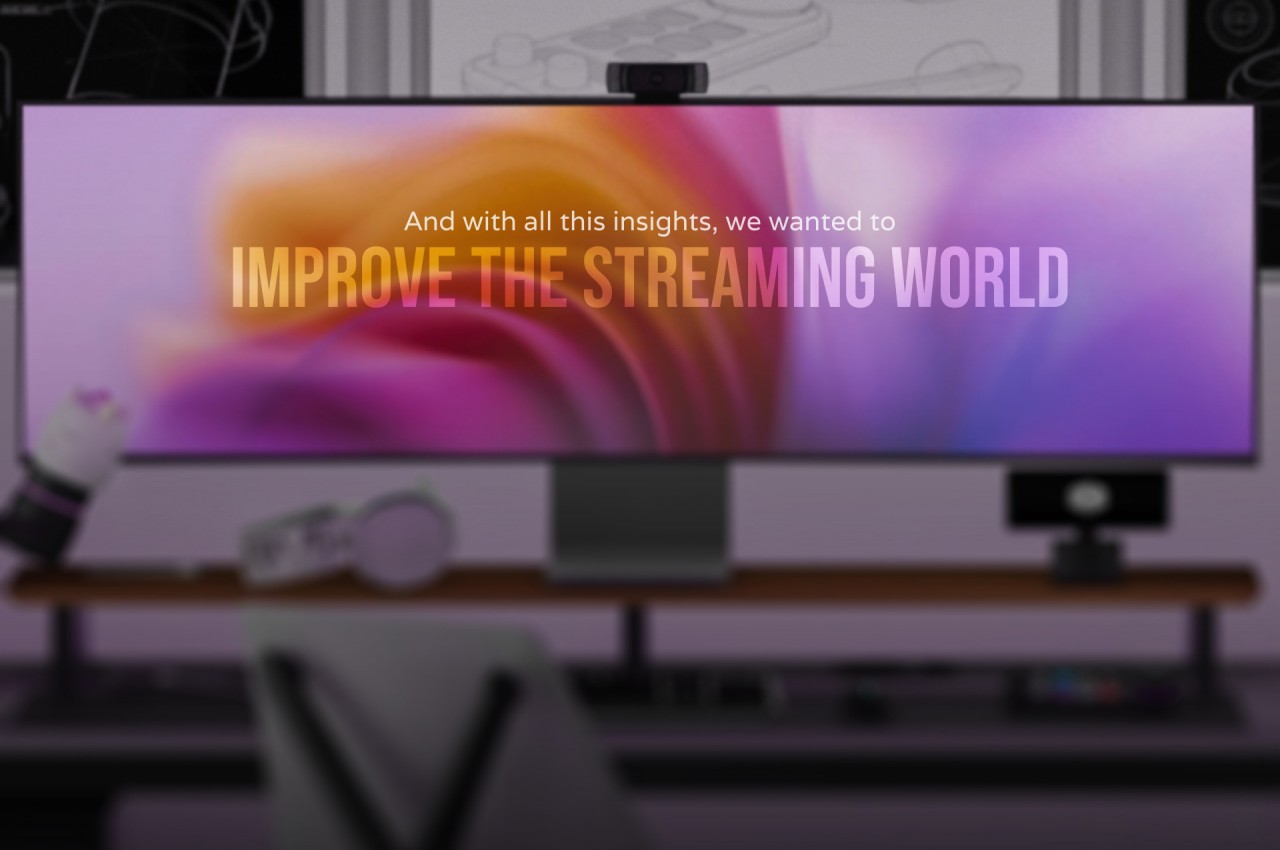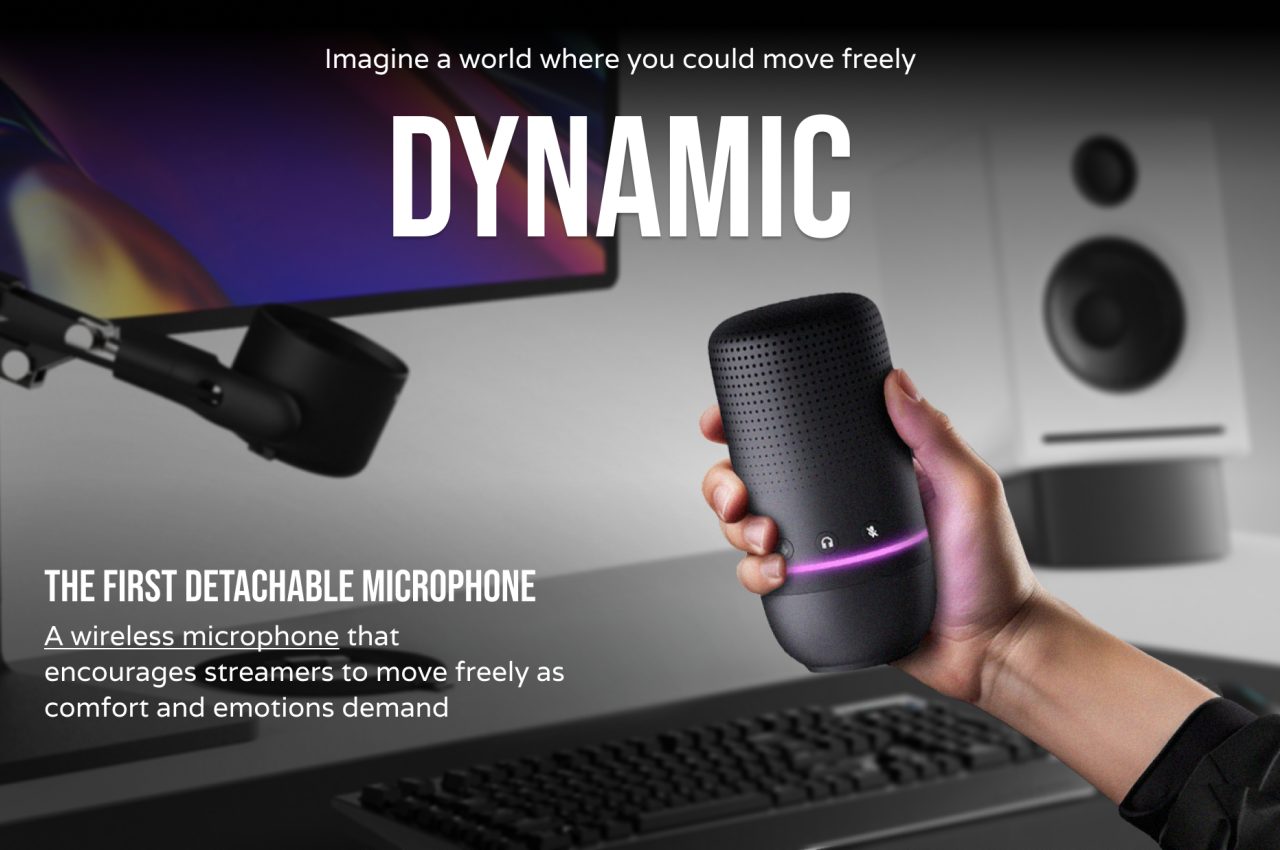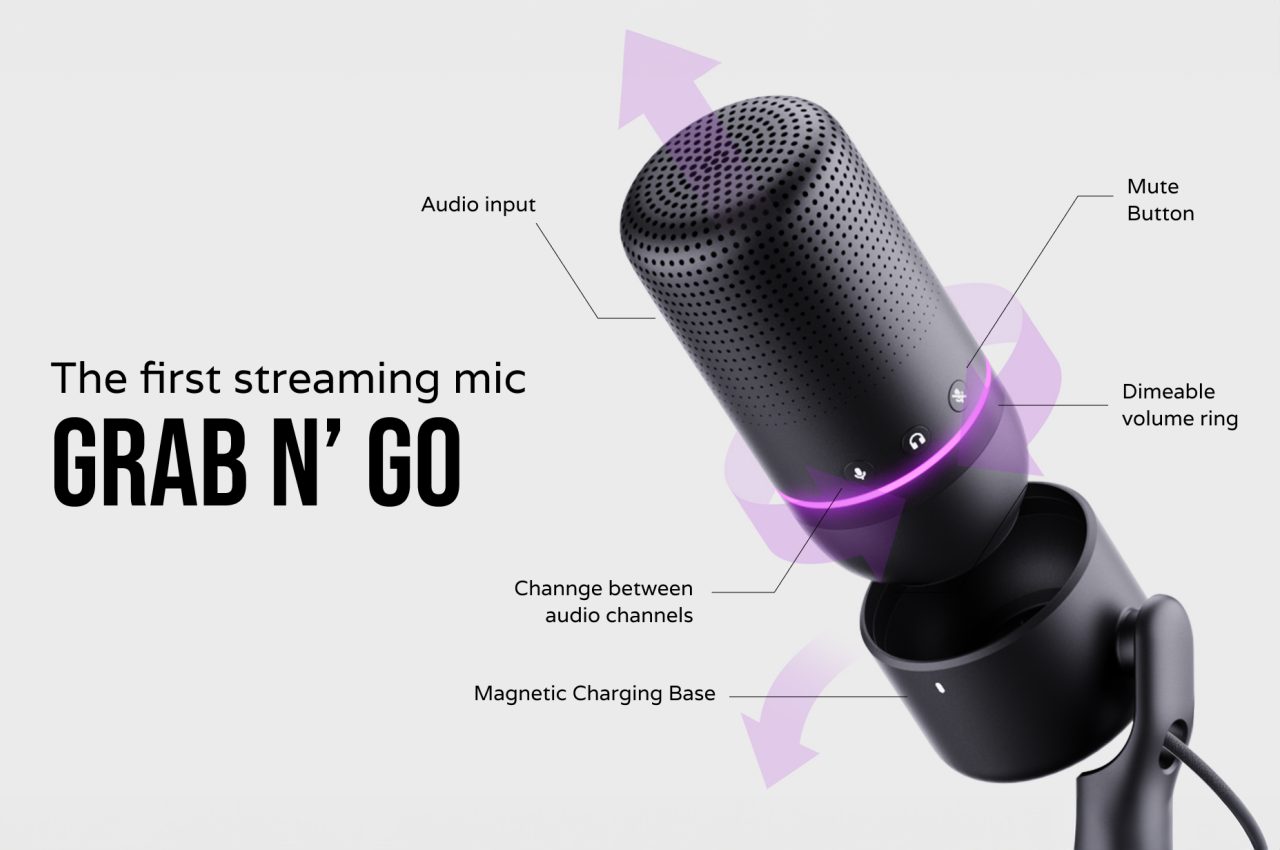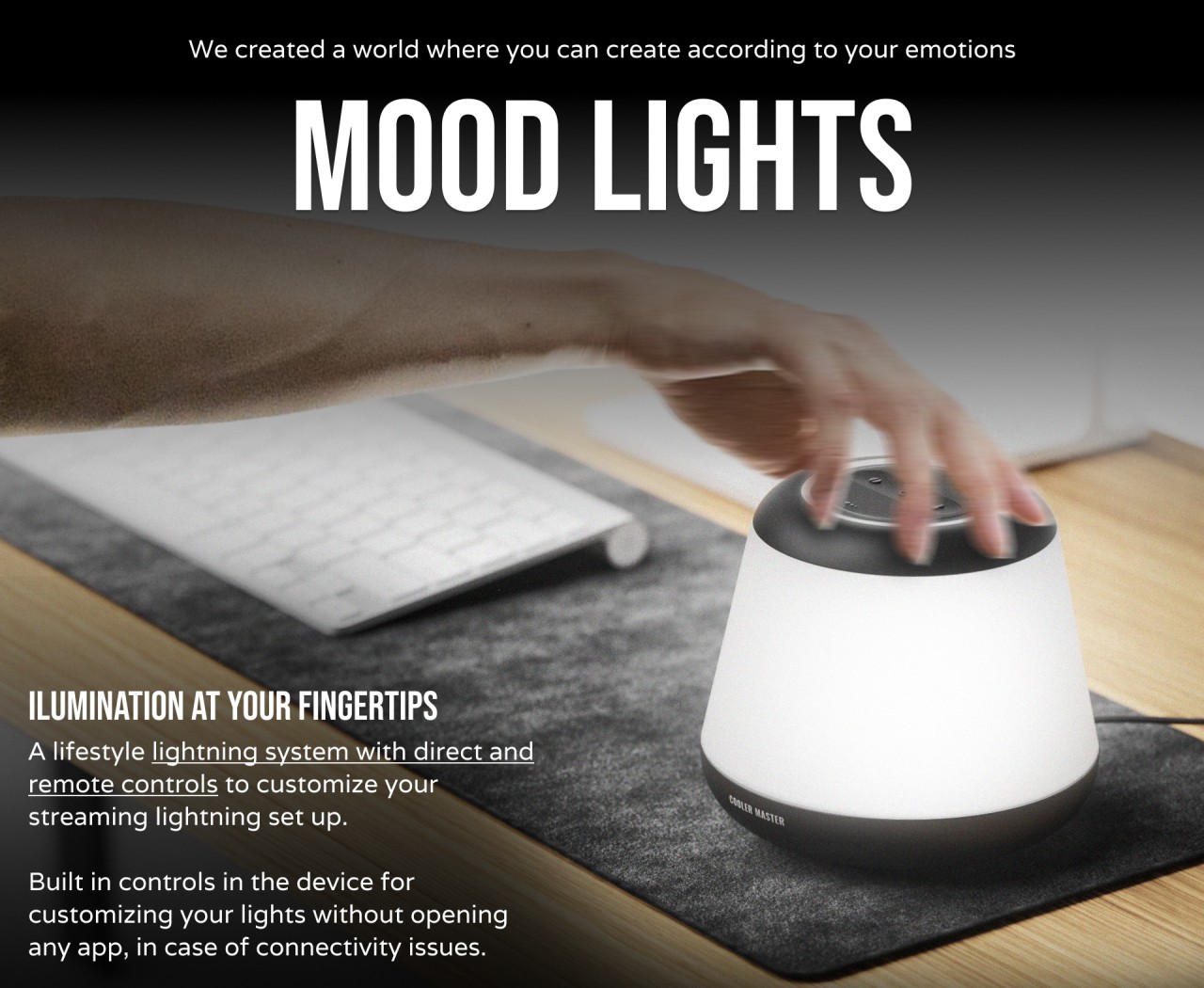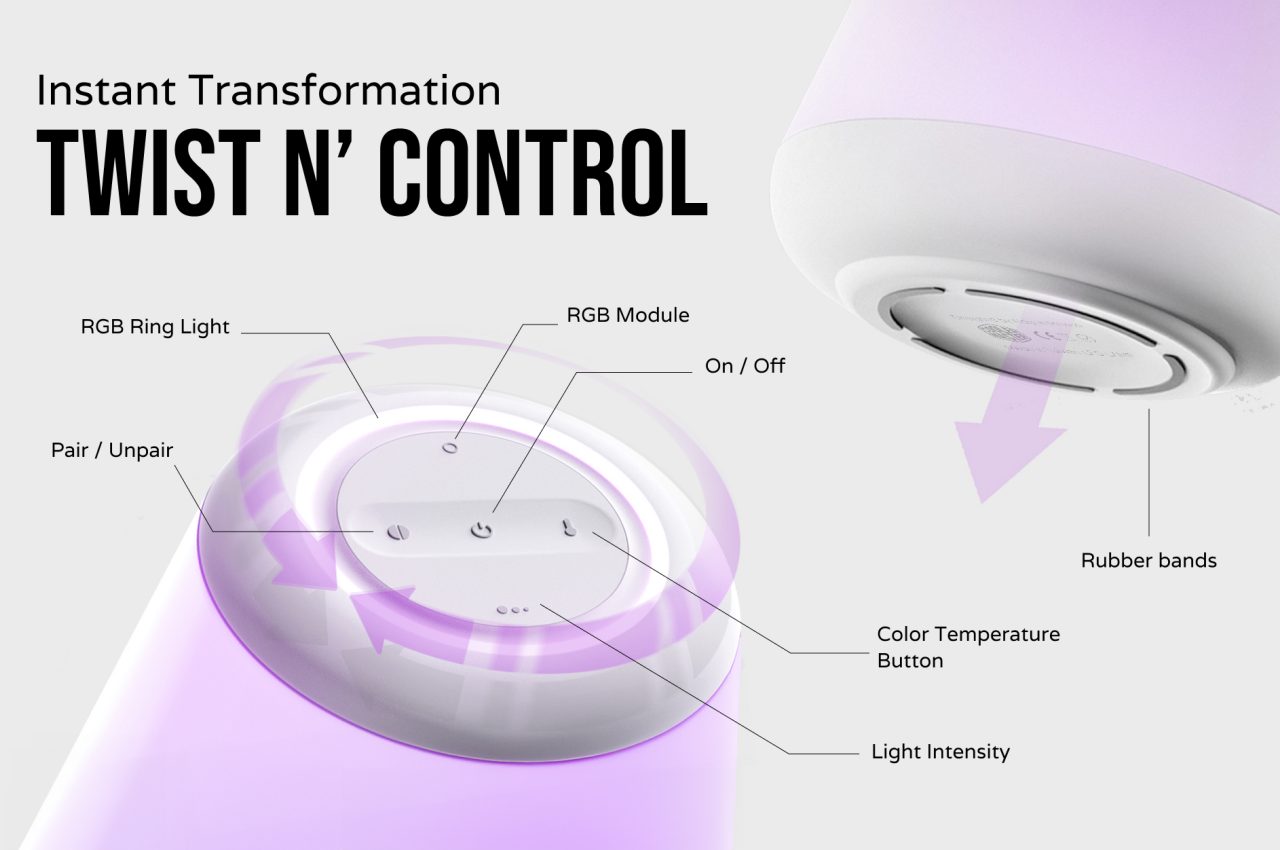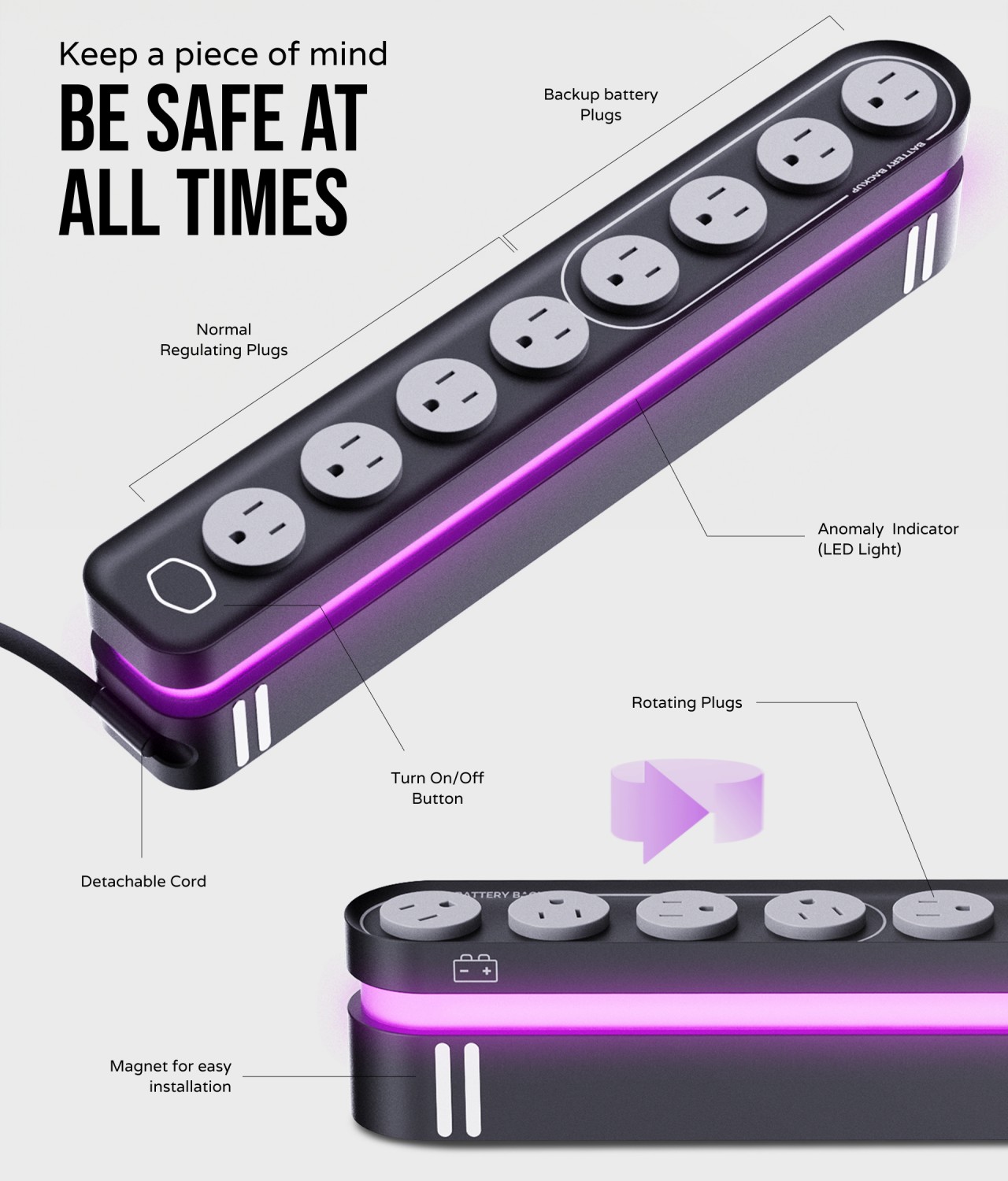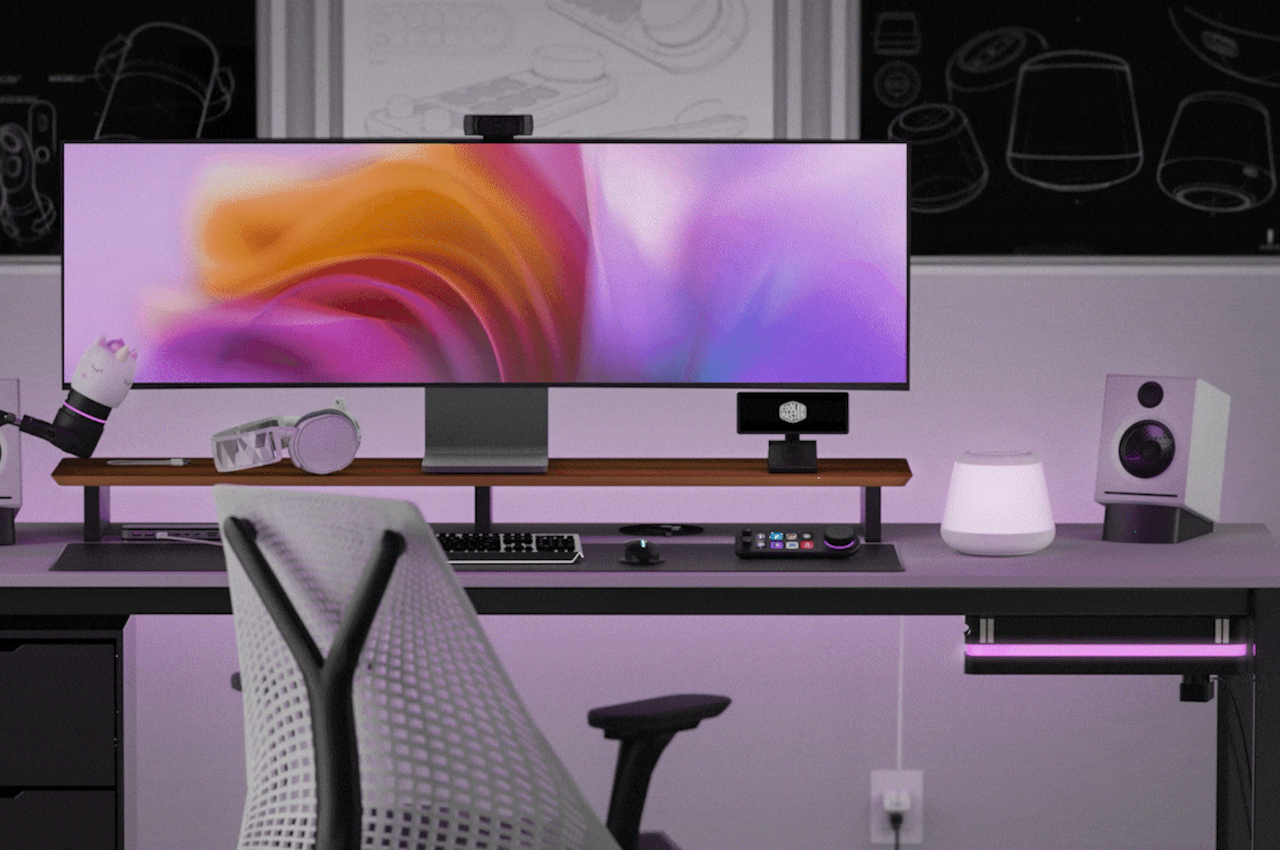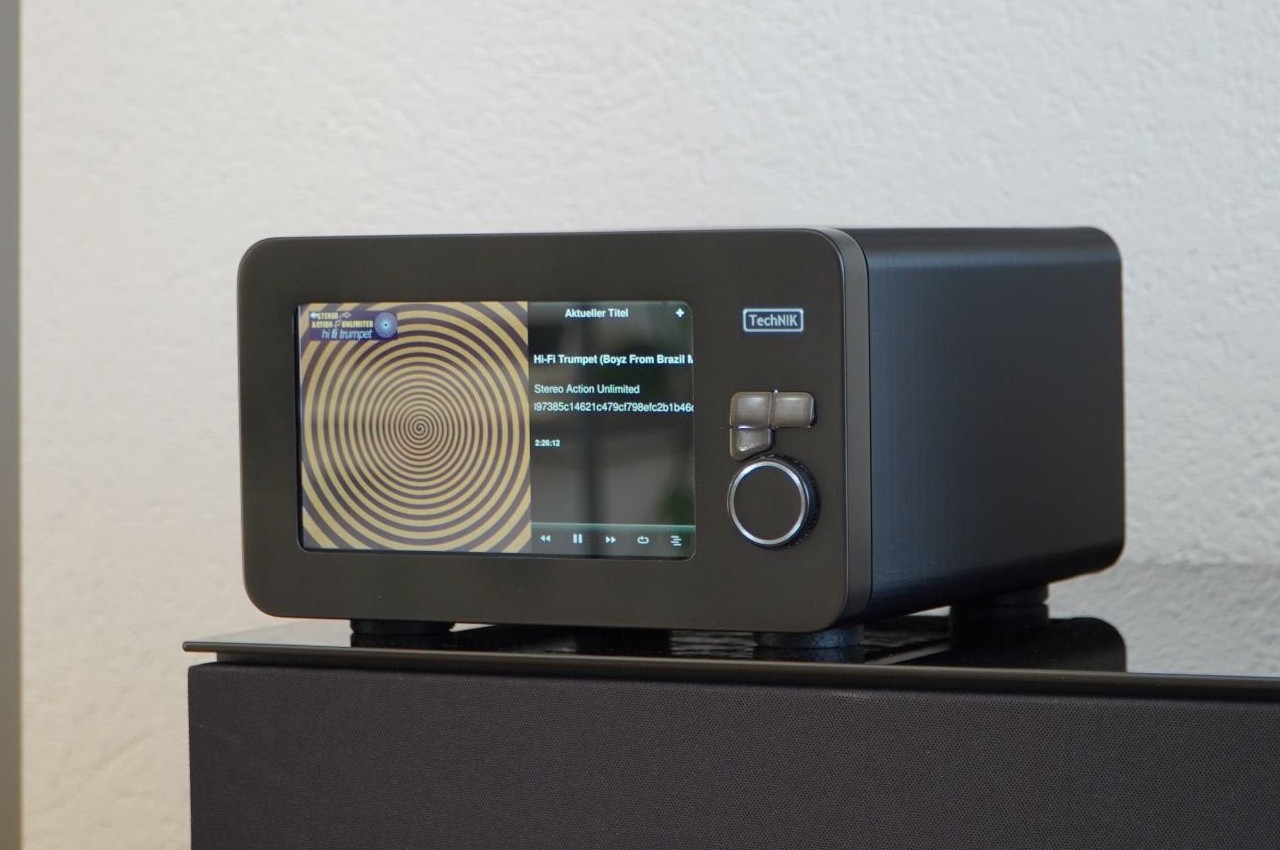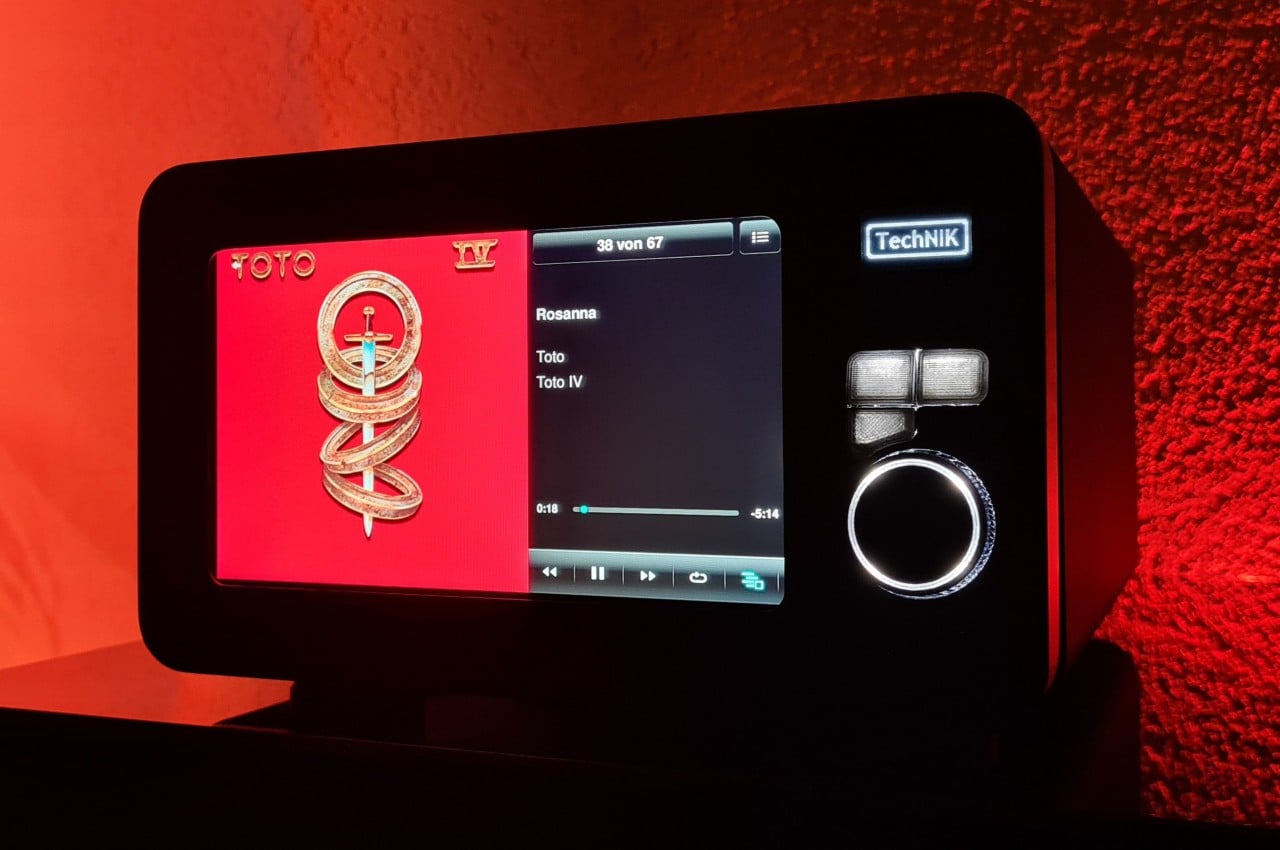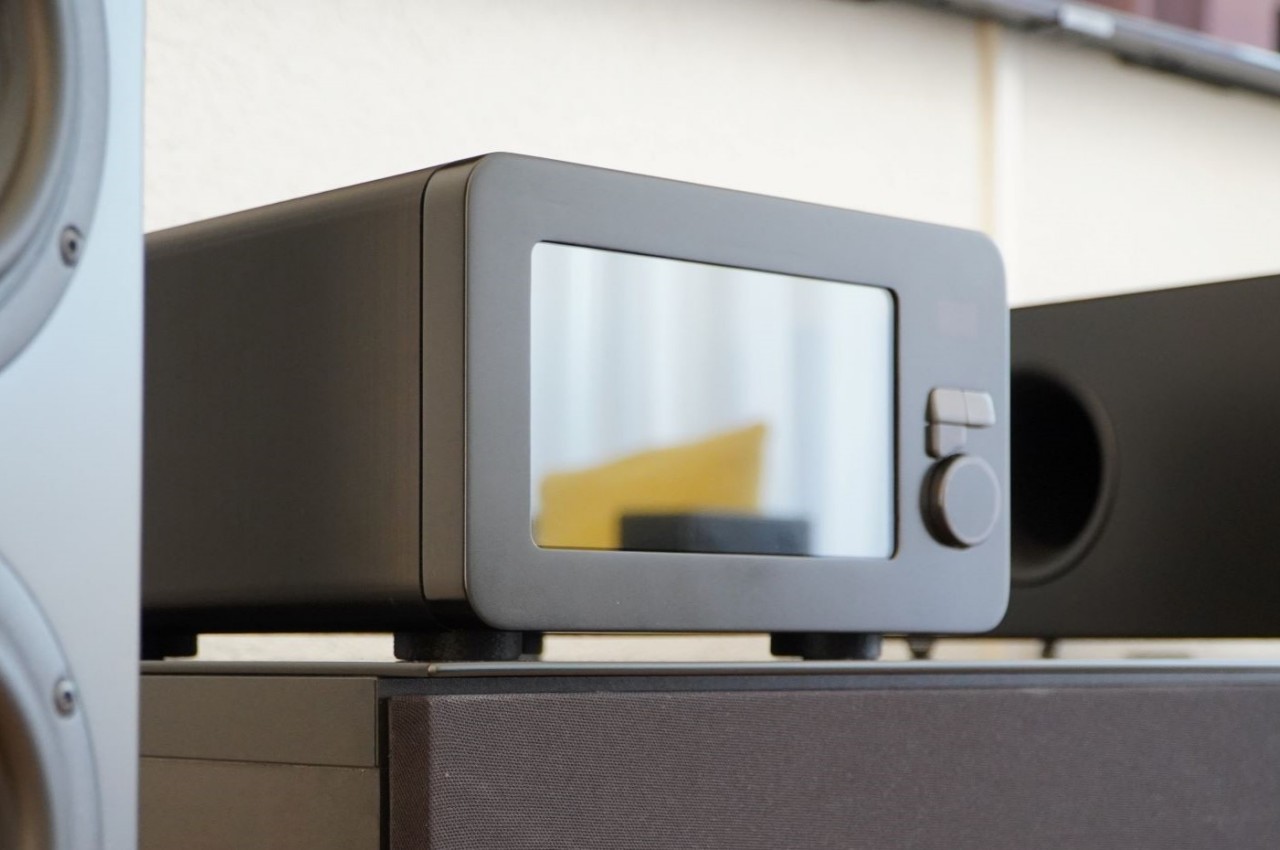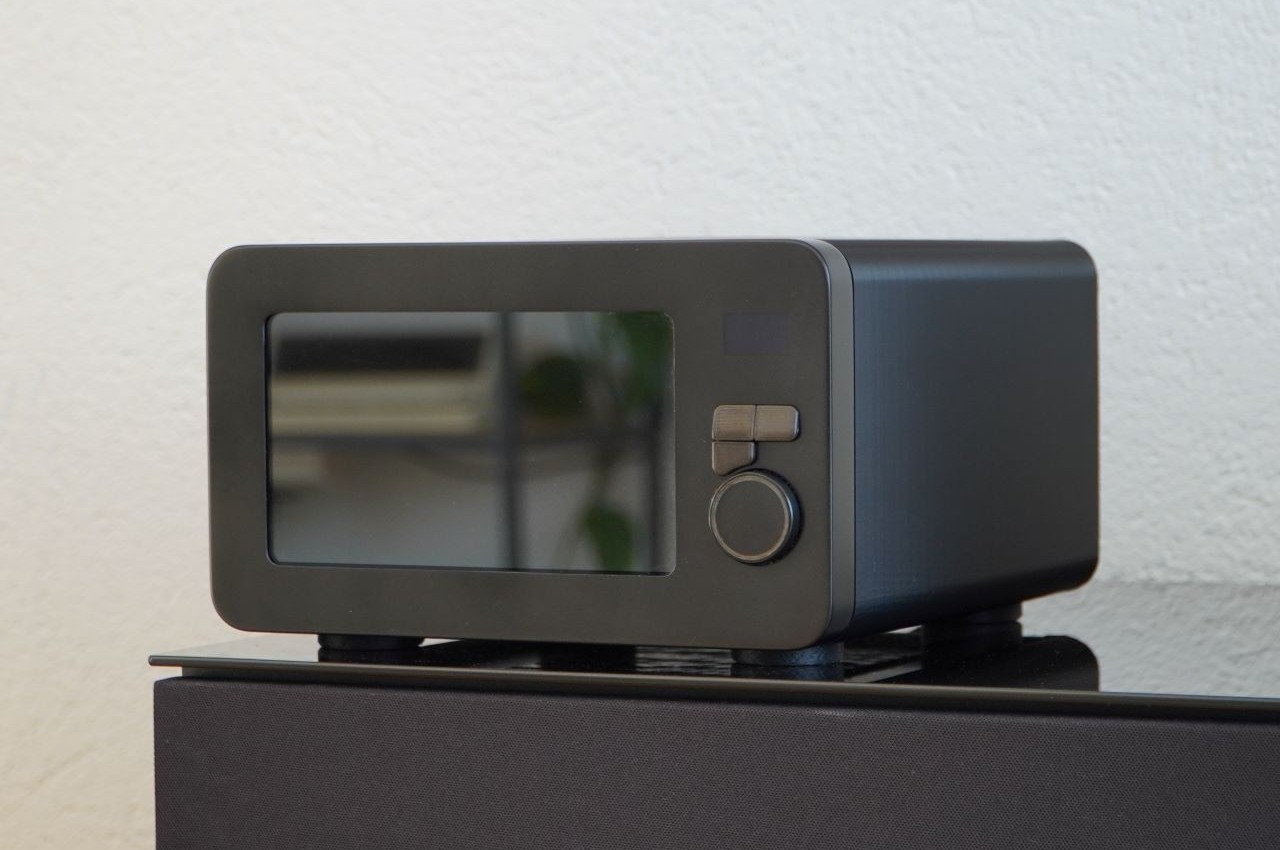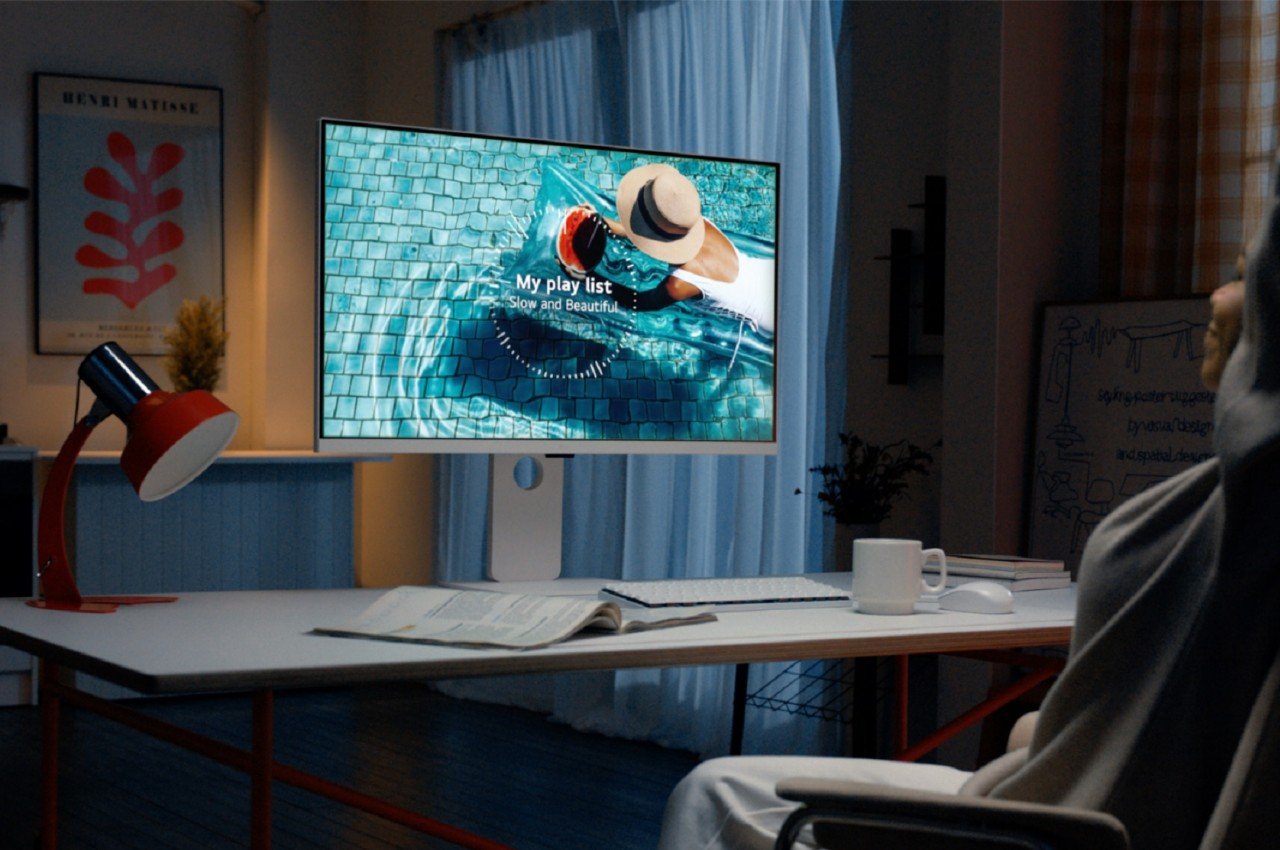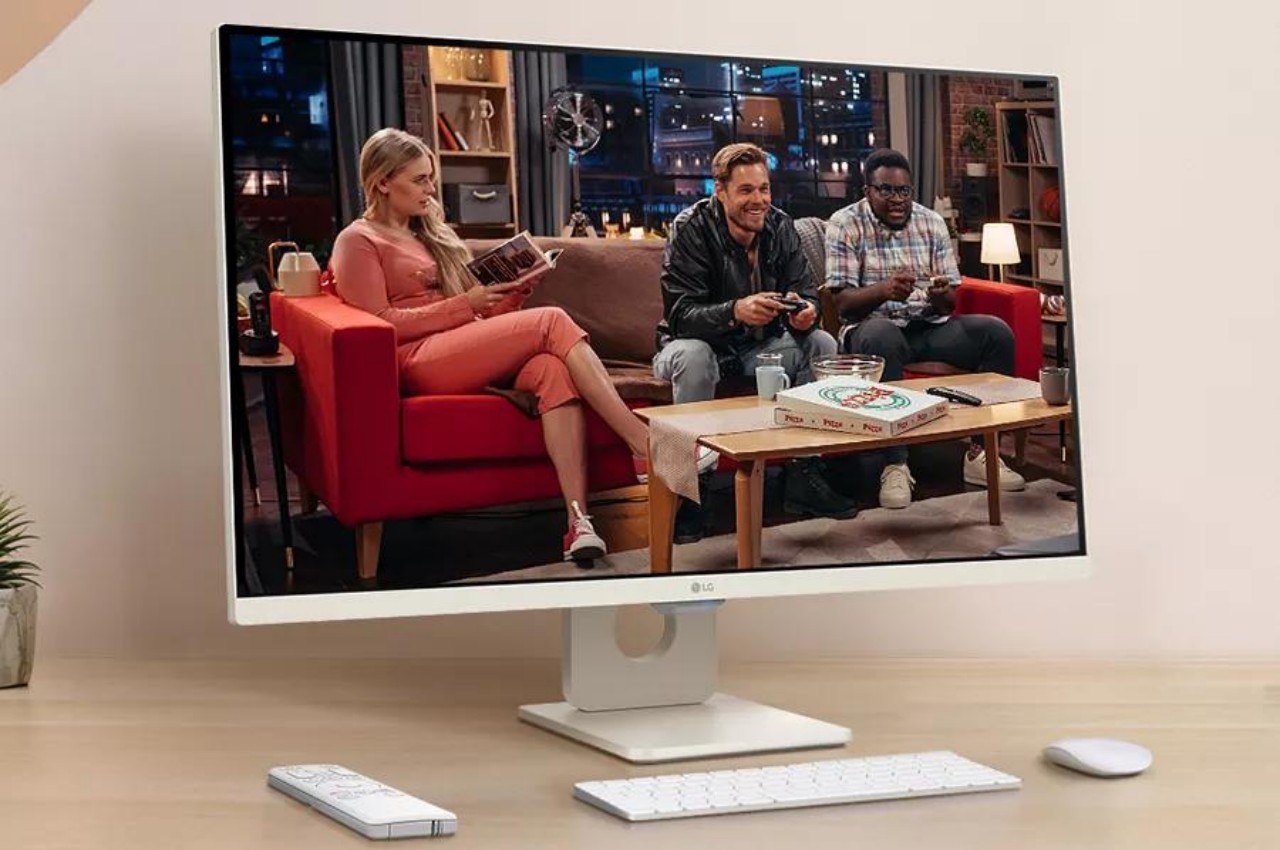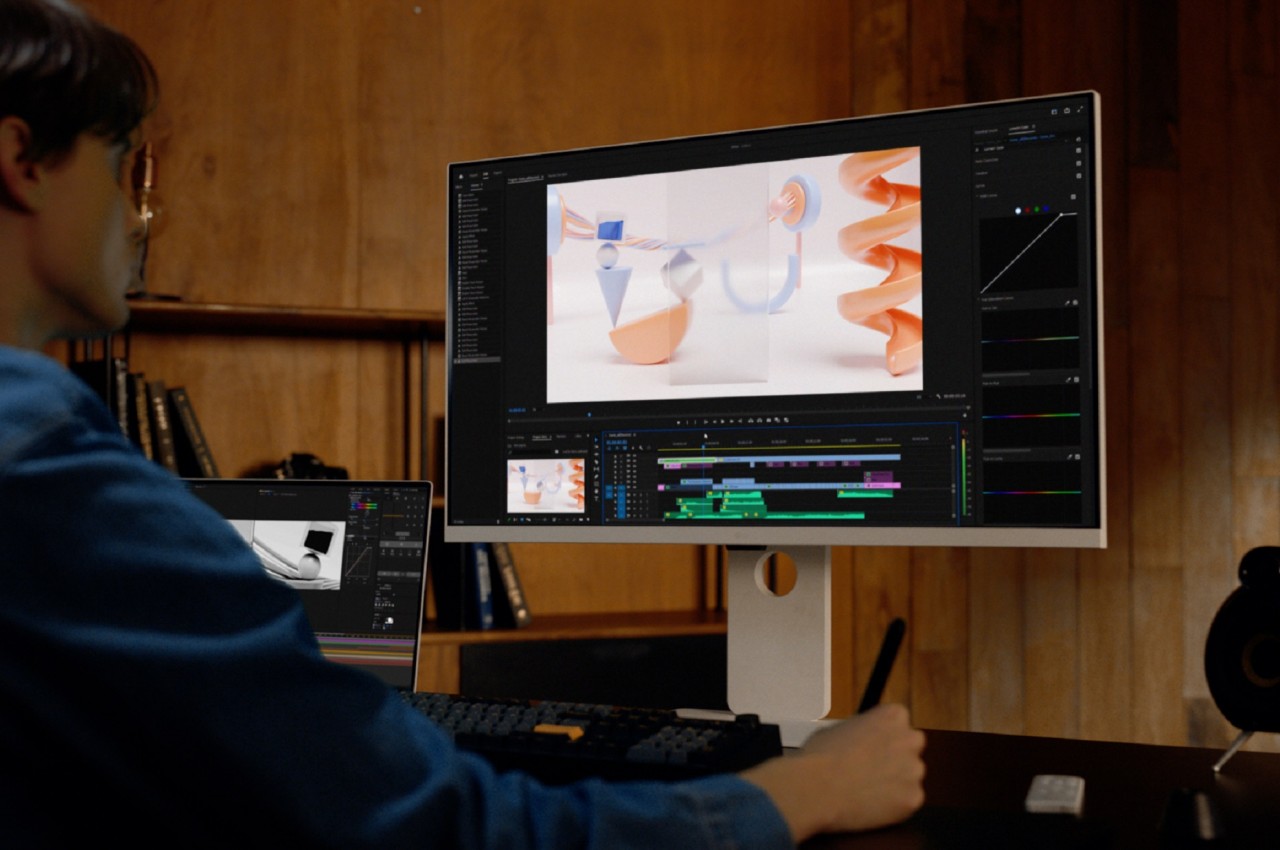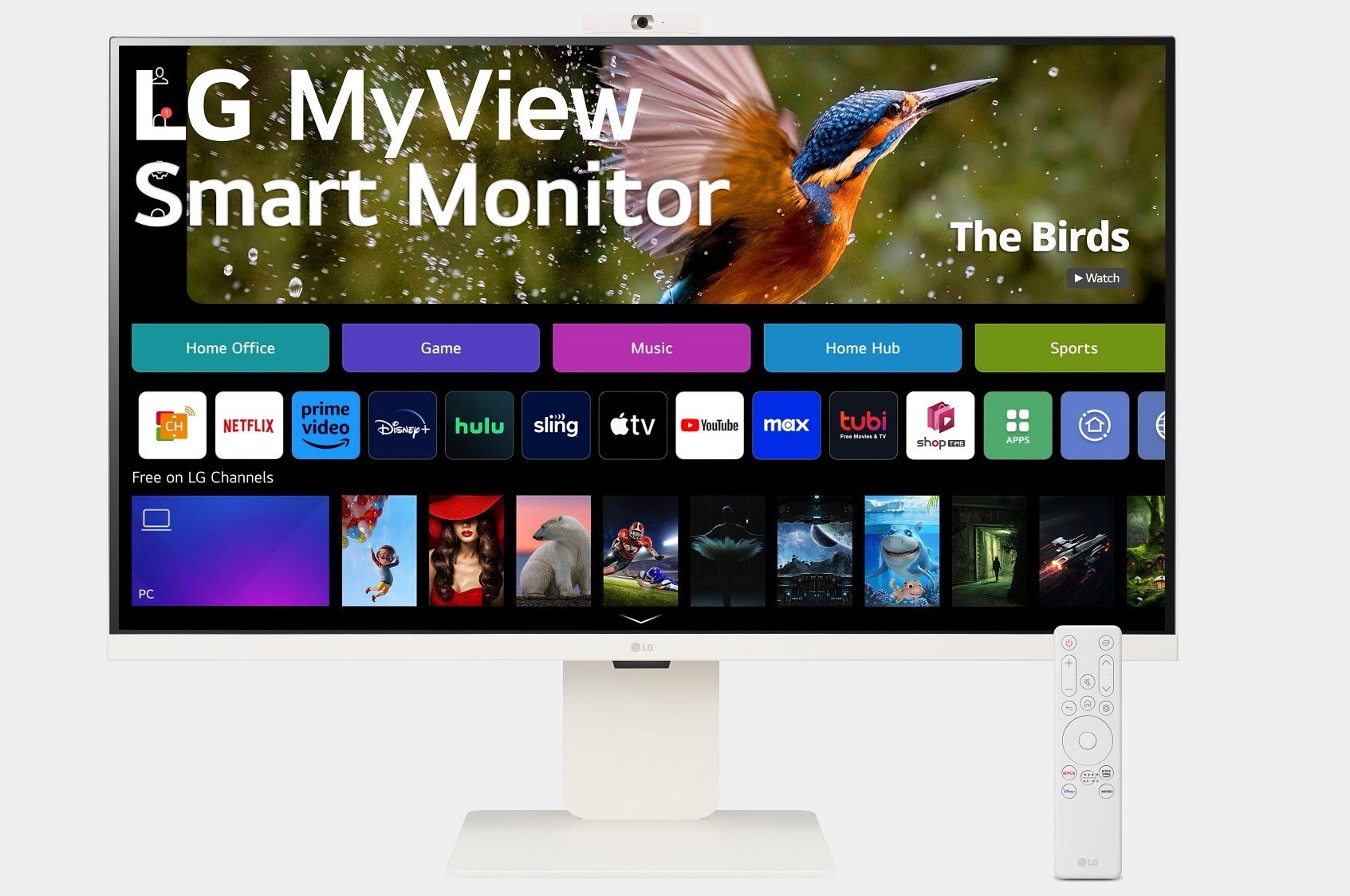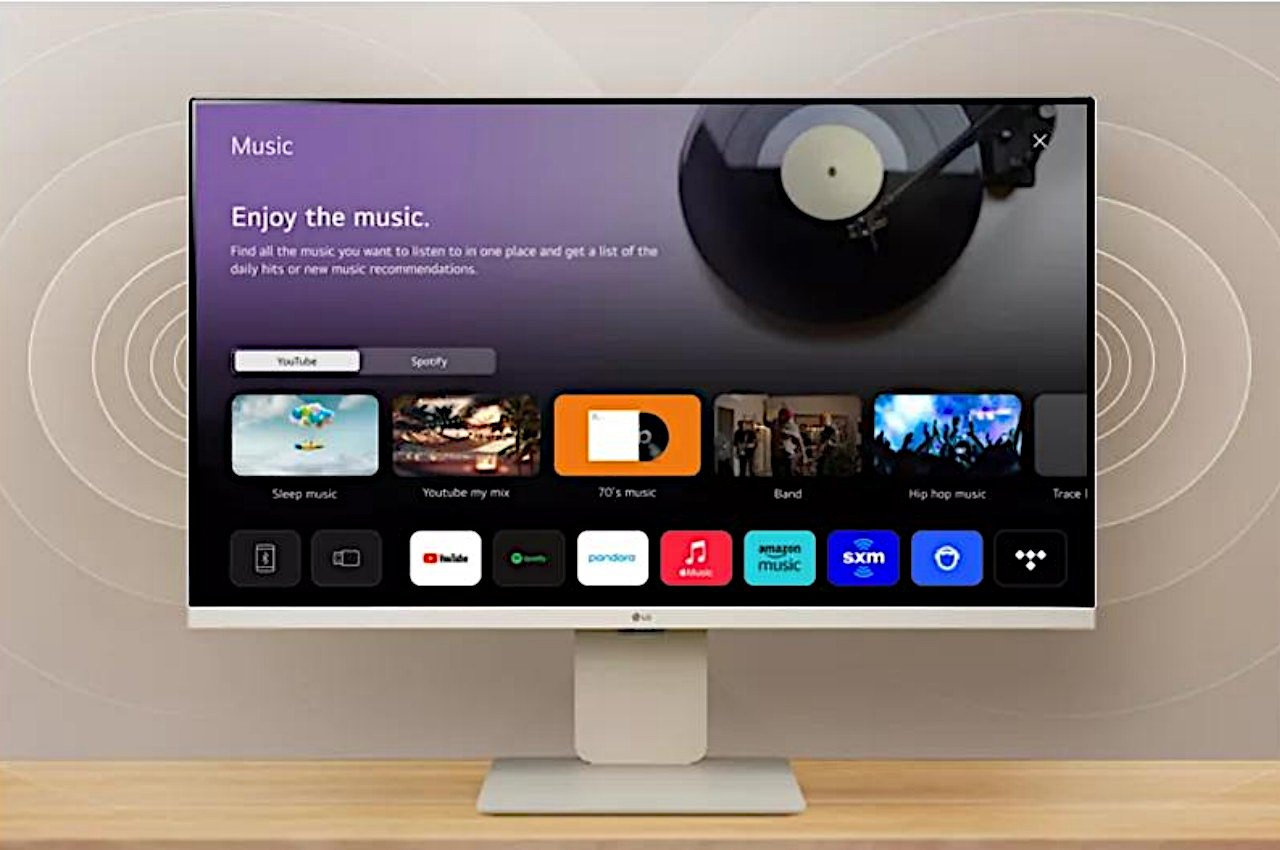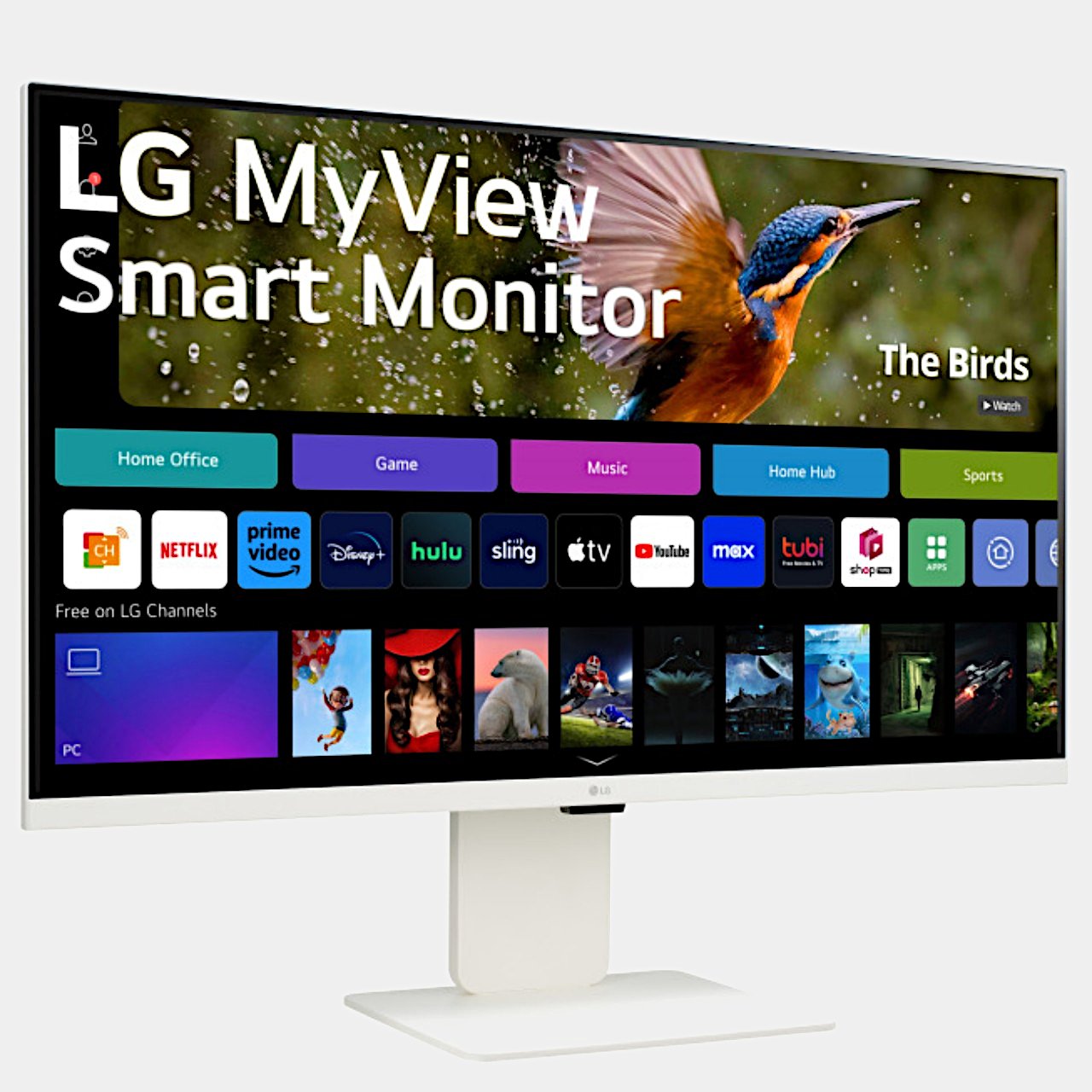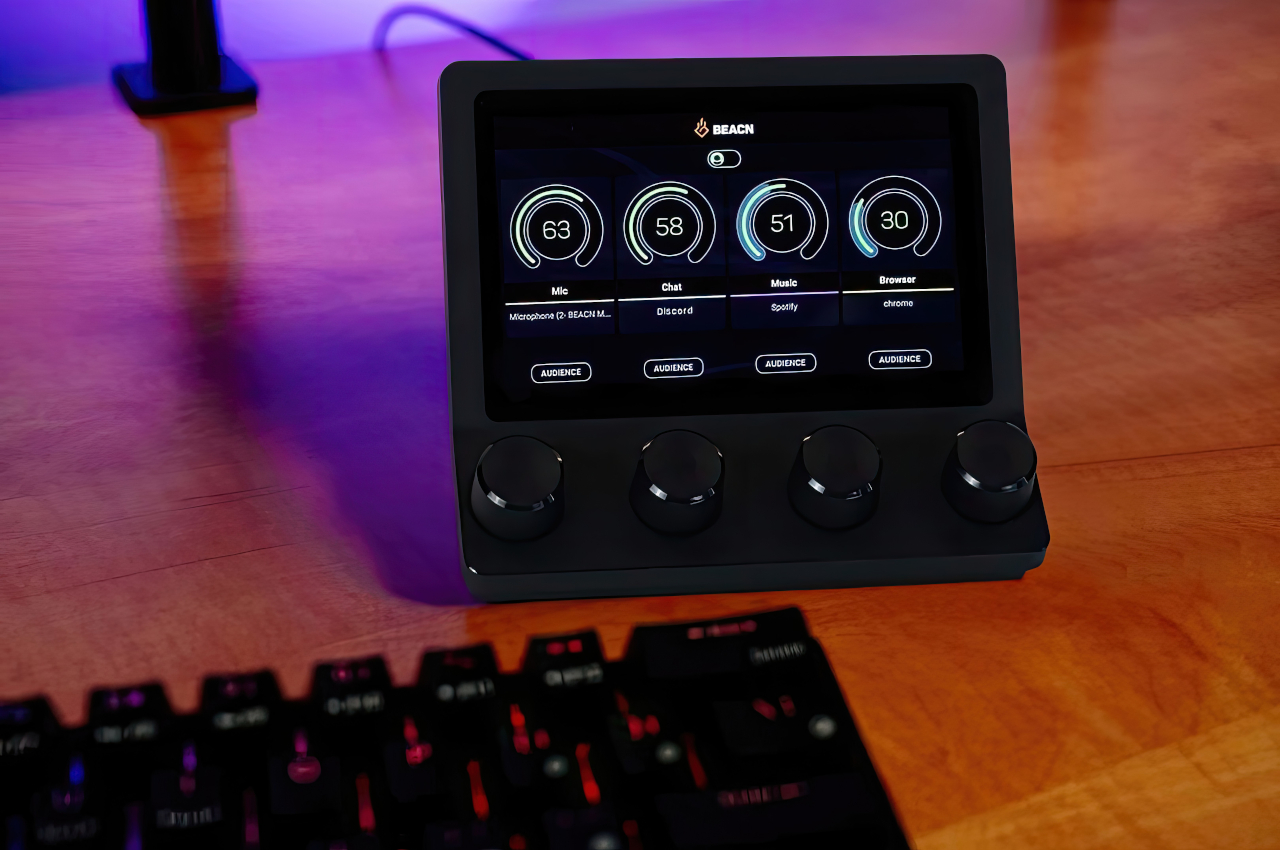What is the point of being portable if you can’t exactly carry it everywhere? Granted, you can indeed bring the PlayStation Portal anywhere inside the house as long as it’s within range of a Wi-Fi network that’s connected to your PlayStation 5. That’s definitely fine if that’s all you ever want to do, but not in the age of gaming handhelds.
Launching after the Nintendo Switch, the Steam Deck, and a whole host of other gaming PC handhelds, the PS Portal definitely felt limiting and disappointing. Fortunately, it seems that Sony is finally giving what PS fans have been clamoring for, allowing remote cloud access to PlayStation games anywhere they are.
Designer: Sony


To be fair, the official branding of the PlayStation Portal calls it a “Remote Player for PS5 Console.” Its large size, practically an 8-inch tablet flanked by split DualShock controllers, isn’t something you can easily stash inside a bag anyway. Given the popularity of handheld consoles these days, not to mention the absence of an Xbox handheld as well, the limited “local network” functionality of the PS Portal still felt like a step backward.

A new system update for the remote player device is finally taking steps in the right direction. It is enabling cloud streaming support for PlayStation Plus Premium members, which practically means they’ll be able to play a select number of games from anywhere. Even better, they don’t even need to own a PS5 console since they will be streaming from Sony’s servers.


The feature is still in beta, so there are a few caveats like maxing out quality at 1080p/60fps and no access to PS4 or PS3 games in the catalog. A few PS Plus features are also not available, including party voice chat and in-game commerce, but these restrictions are to be expected during the early testing stages anyway.

Game streaming has its fair share of downsides, particularly when it comes to the required Internet bandwidth. Even streaming at just 720p requires a steady 7Mbps connection, while 1080p needs a good 13 Mbps speed. It still doesn’t have the true portability of other handheld consoles that let you play games installed locally, but it’s an acceptable compromise for the PlayStation ecosystem.

The post PlayStation Portal is finally catching up to the Nintendo Switch and Steam Deck first appeared on Yanko Design.
